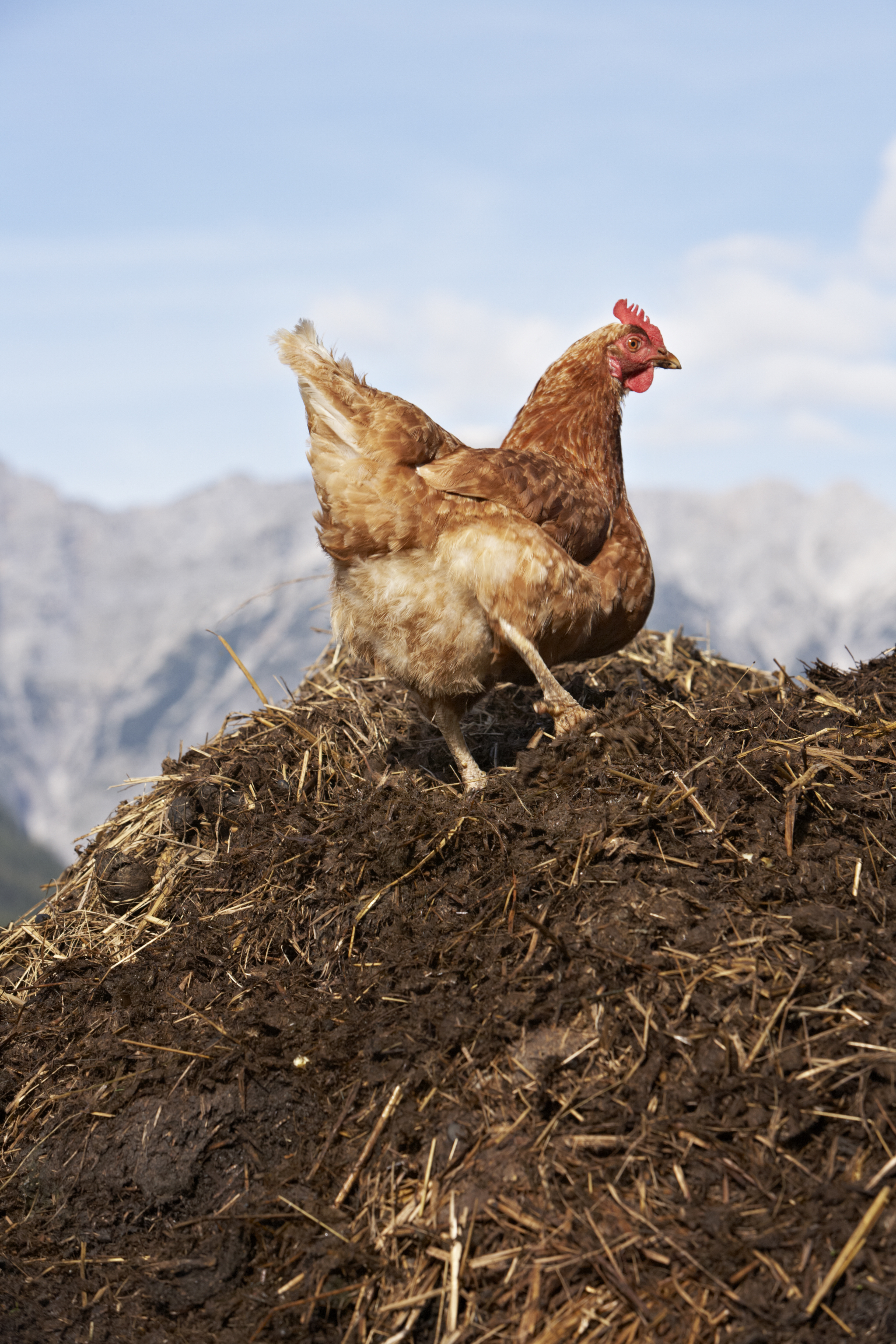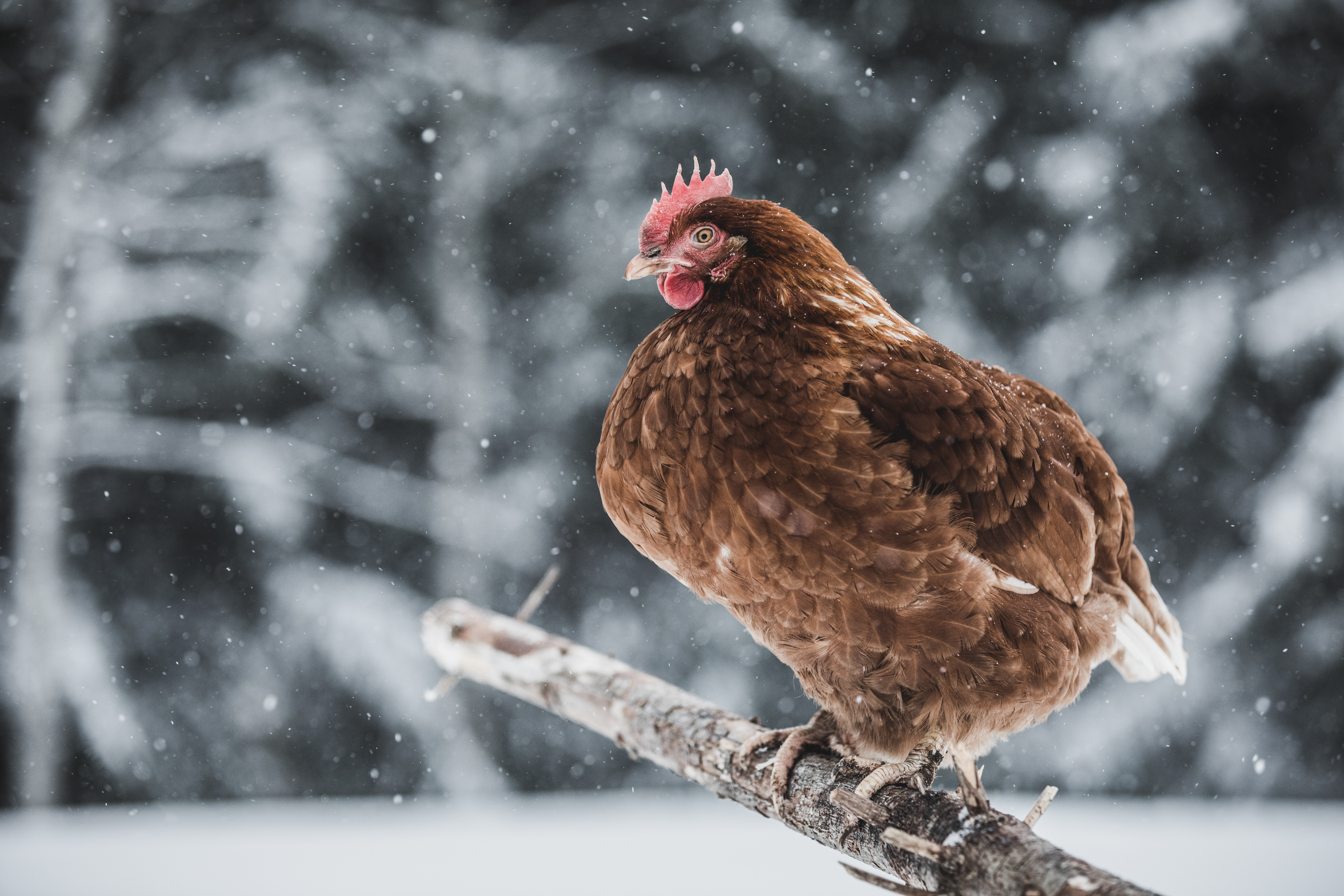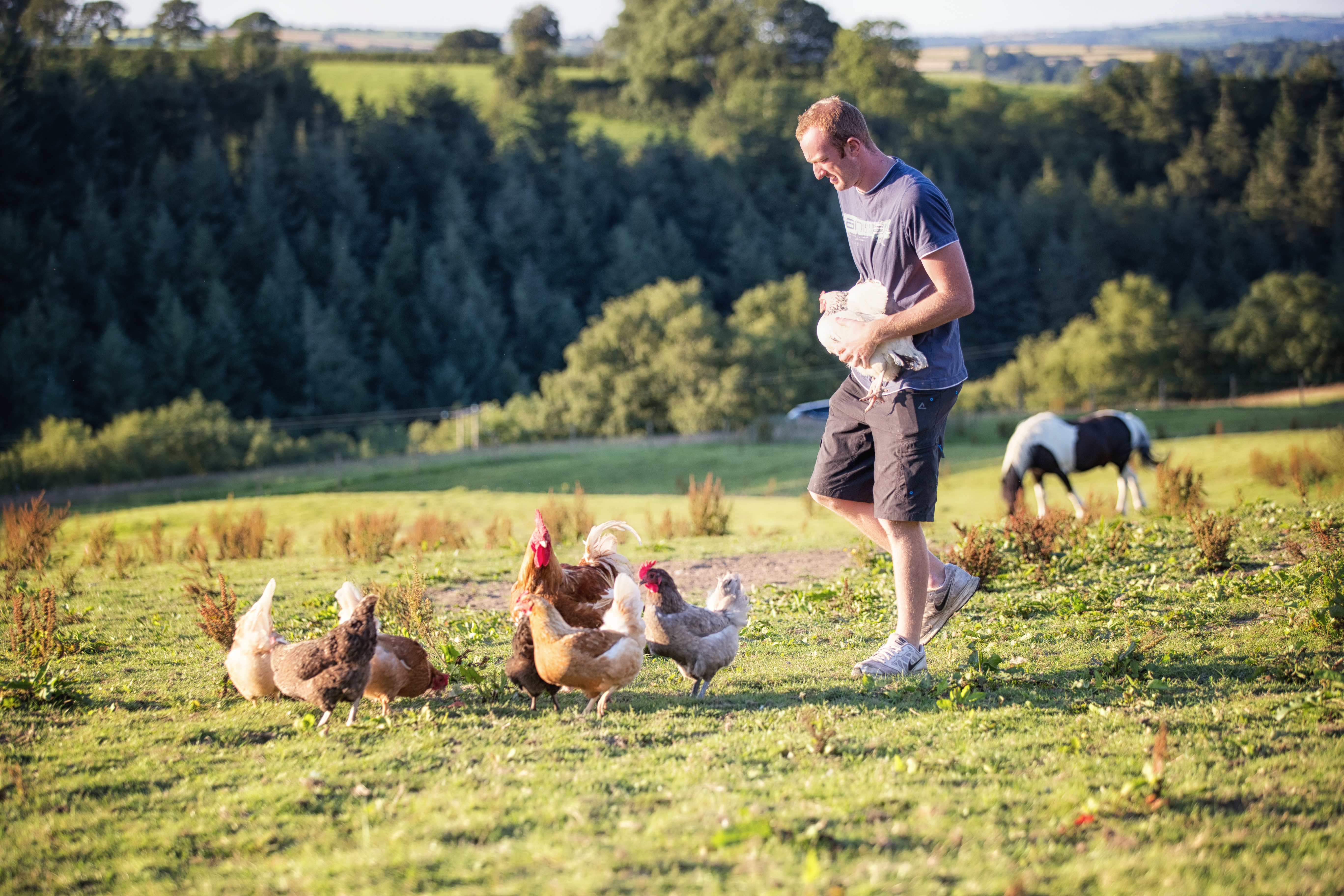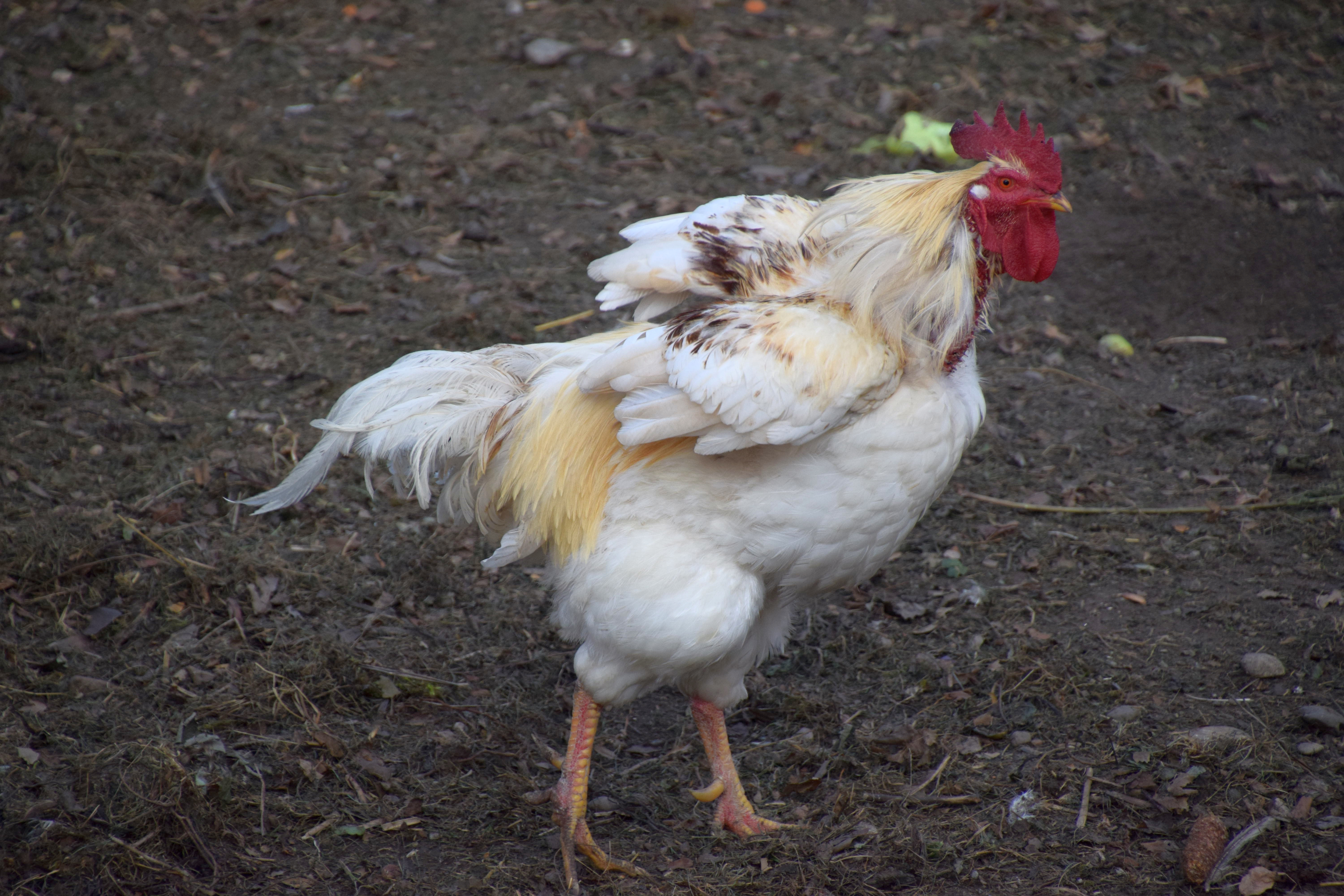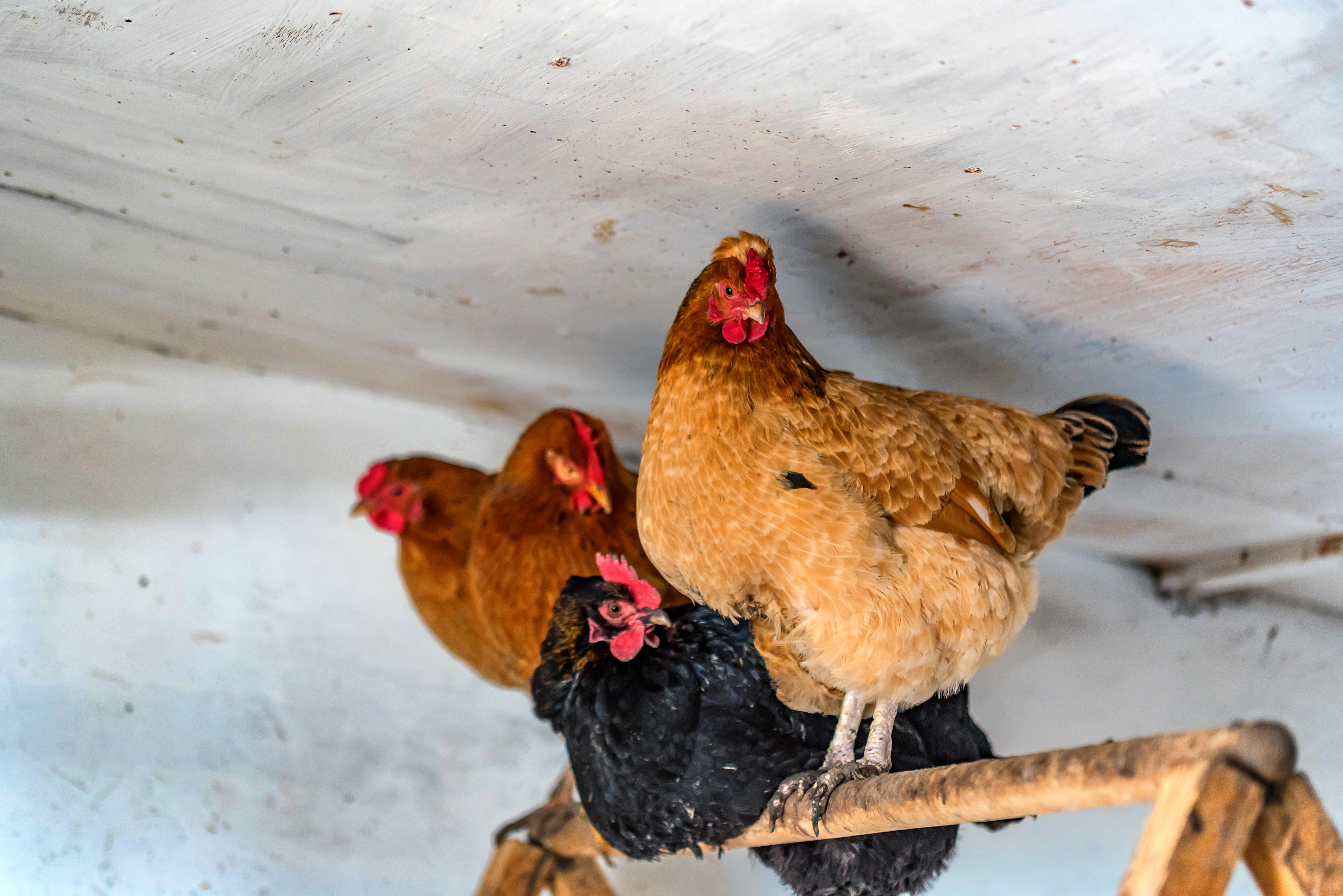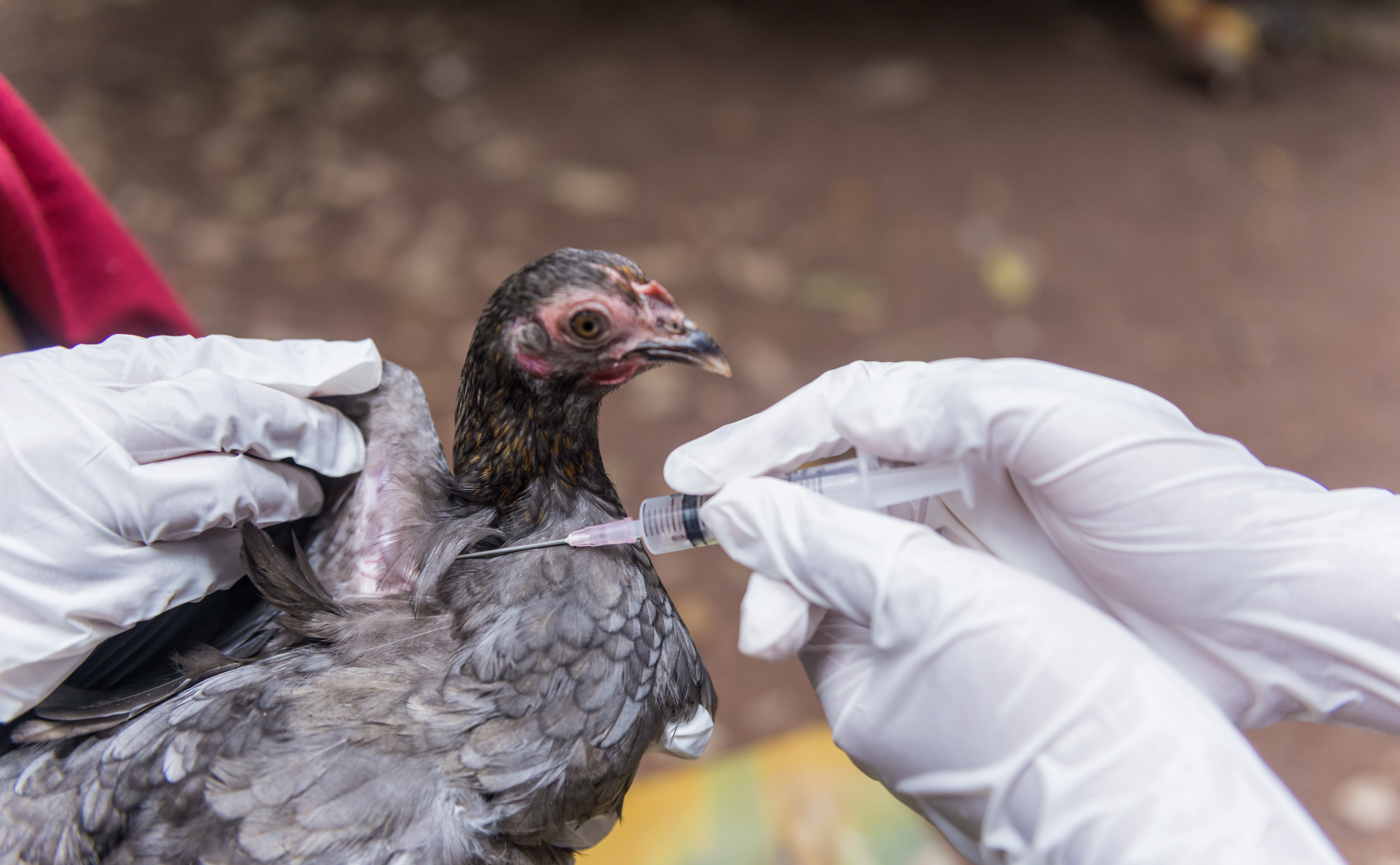



The Chicken Whisperer: tackling ammonia levels in backyard flocks
The Chicken Whisperer sits down with Dr Pitesky from UC Davis to delve into the negative effects of ammonia and how backyard poultry keepers can keep it at bay.Part of Series:
< Previous Article in Series Next Article in Series >

Managing ammonia levels is usually considered a secondary issue when raising poultry, but it can have huge impacts on the birds’ quality of life and productivity. According to Dr Pitesky, a poultry vet from UC Davis, ammonia can cause contact injuries and secondary infections. Many of the diseases associated with ammonia exposure are difficult to treat or have no treatment at all. Prolonged ammonia exposure can also reduce meat quality when birds are processed.
The background
Ammonia is created when the nitrogen in poultry manure is broken down by bacteria. It impacts poultry bedding, litter and the overall air quality in chicken houses. The concentration of ammonia in poultry housing is exacerbated by environmental conditions, such as high temperatures and moisture. It is also impacted by other factors like ventilation and stocking density.
Monitoring ammonia levels is a year-round problem but spikes tend to occur in the autumn and winter. This is usually due to the surrounding environment containing more moisture and because the cold weather discourages poultry keepers from fully ventilating chicken coops.
Humans can smell ammonia at 20 parts per million (ppm) but ammonia can cause respiratory damage at 5 ppm. If ammonia concentrations reach 20 to 25 ppm in a poultry house, the birds will be more susceptible to respiratory diseases like airsacculitis and infectious bronchitis. According to Pitesky, the birds may also develop compromised immune systems from the additional environmental stress. Additionally, chickens housed in these conditions will need more feed to maintain productivity.
Prolonged exposure to this amount of ammonia can also negatively impact meat quality at slaughter. In many cases, the carcases will have infections in the lungs and gut and be “condemned”, meaning that they cannot be sold on to consumers.
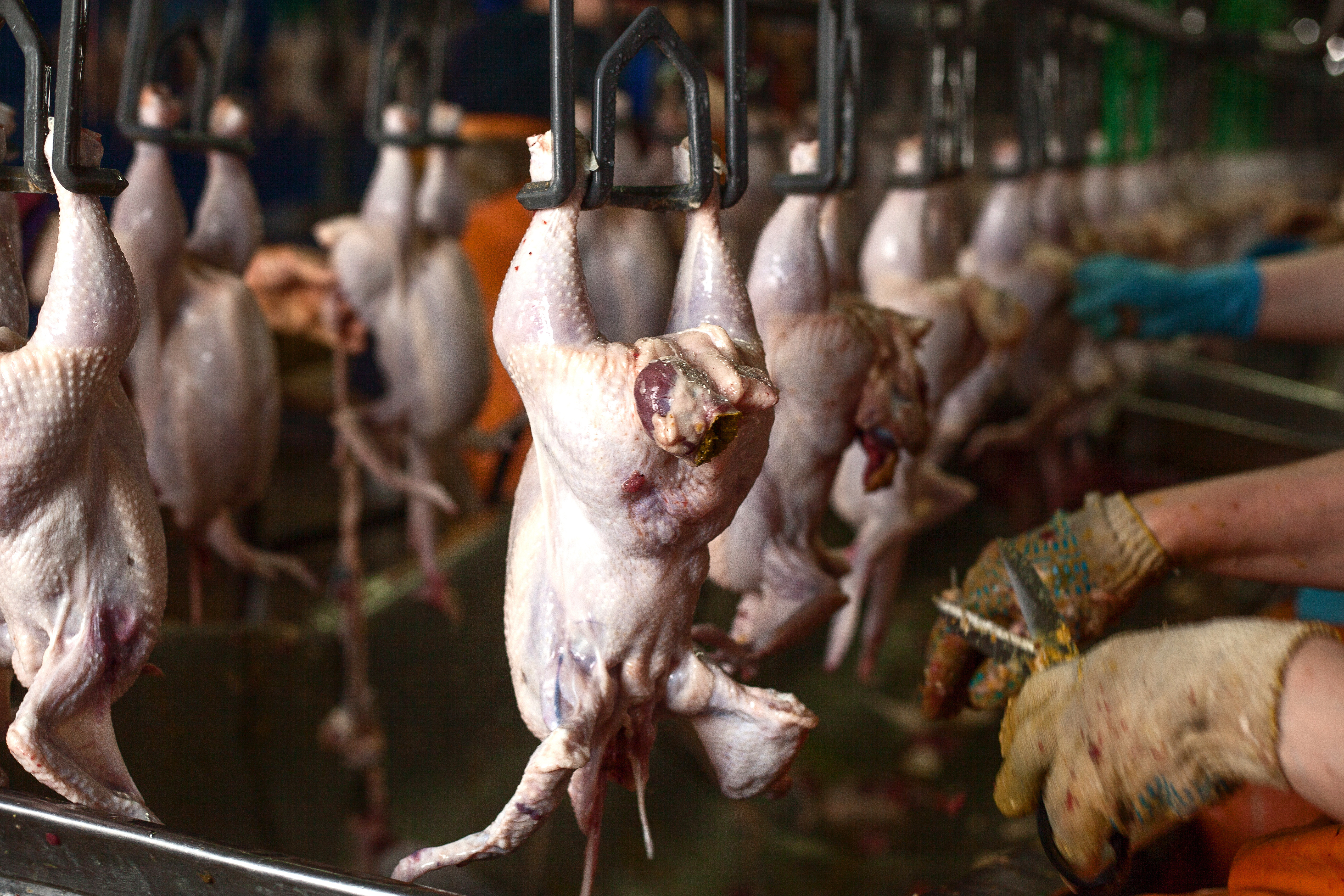
If ammonia levels shoot up to 50 ppm (the level where human eyes start to tear up), chickens will quickly develop corneal ulcers and other vision problems. They may also get contact burns and footpad issues. If ammonia concentrations reach this level, Pitesky encourages poultry keepers to immediately ventilate their coops and remove any dirty litter.
What to look out for
Pitesky tells listeners that they can have an unhealthy build-up of ammonia without smelling it. Backyard keepers should monitor their birds to see if there are any changes in behaviour or productivity at flock level.
If backyard keepers have any ammonia issues, their birds will usually develop contact dermatitis first and present with foot and eye problems later on. Contact dermatitis and skin lesions can be diagnosed by looking for red and irritated patches of skin. Pitesky tells listeners to look for areas where the feathers look like they’ve been rubbed off. If the birds are exposed to ammonia long-term, the irritated patches could turn into ulcers or burns which can become infected.
Pitesky and Schneider recommend examining the birds’ footpads regularly to keep ahead of any ammonia issues. Footpad issues can be subtle. They tend to be graded on a 1 to 5 scale and progress slowly.
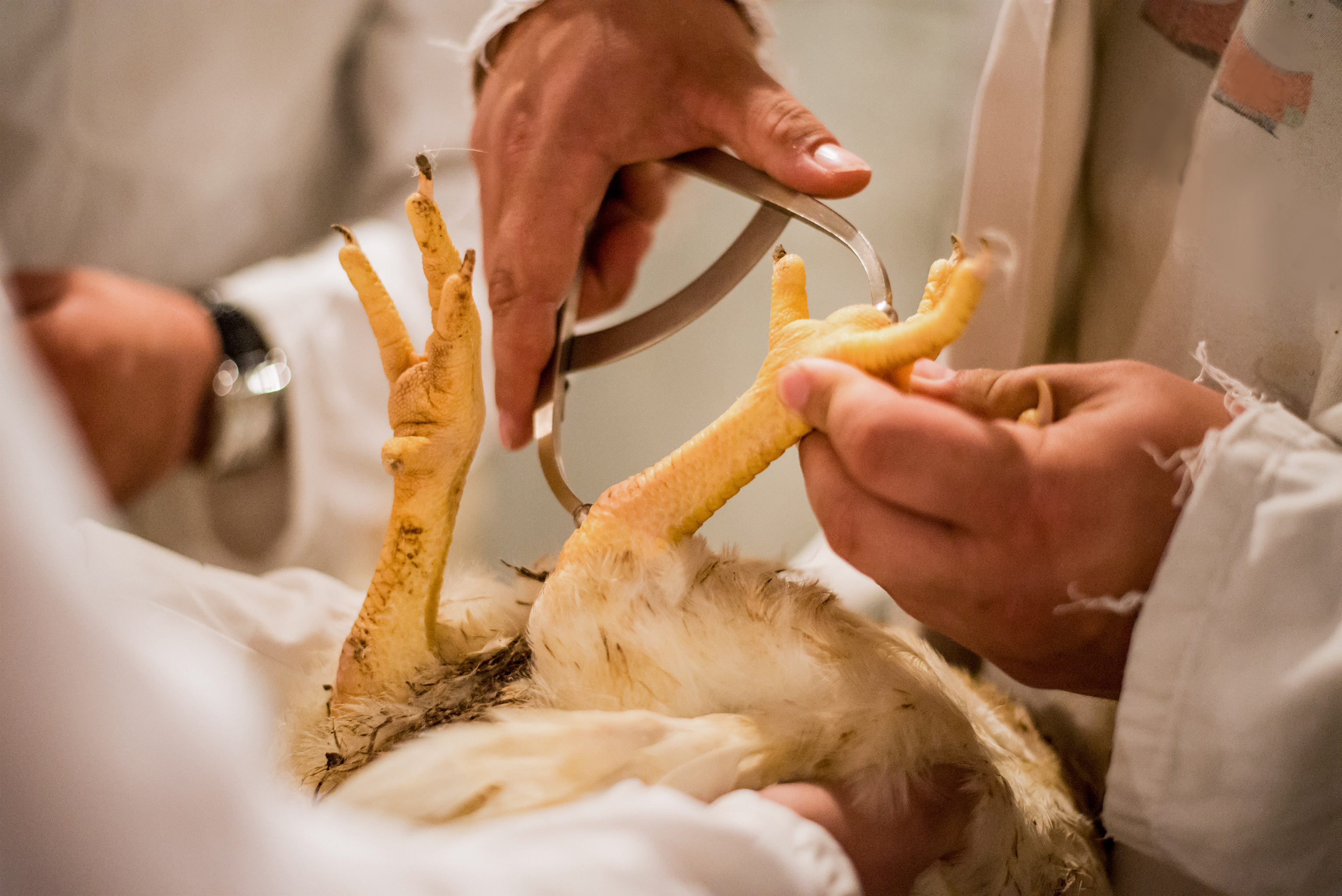
If you see small cuts or lesions, or if the skin on their footpads looks like its thickening (hyperkeratosis), your ammonia levels may be increasing. The birds may develop skin infections and keel bone ulcers. Chickens can also get contact burns on their feet and legs from ammonia. Poultry keepers should note whether the birds look comfortable on perches or when they roost.
Ammonia exposure can be disastrous for the birds’ eyes. Prolonged contact with the compound can cause corneal ulcers and tears, which can ultimately lead to infection or even blindness. Keepers should look out for any changes in the morphology of the chickens’ eyes and consult a vet if any issues appear.
Keeping the coop ventilated
Keeping the poultry house well ventilated is a critical component in ammonia management. On the commercial side of poultry production, facilities are designed to allow laminar flow, negative pressure or air exchanges to prevent ammonia build up. For many backyard poultry keepers, achieving good ventilation comes down to DIY, and trial and error.
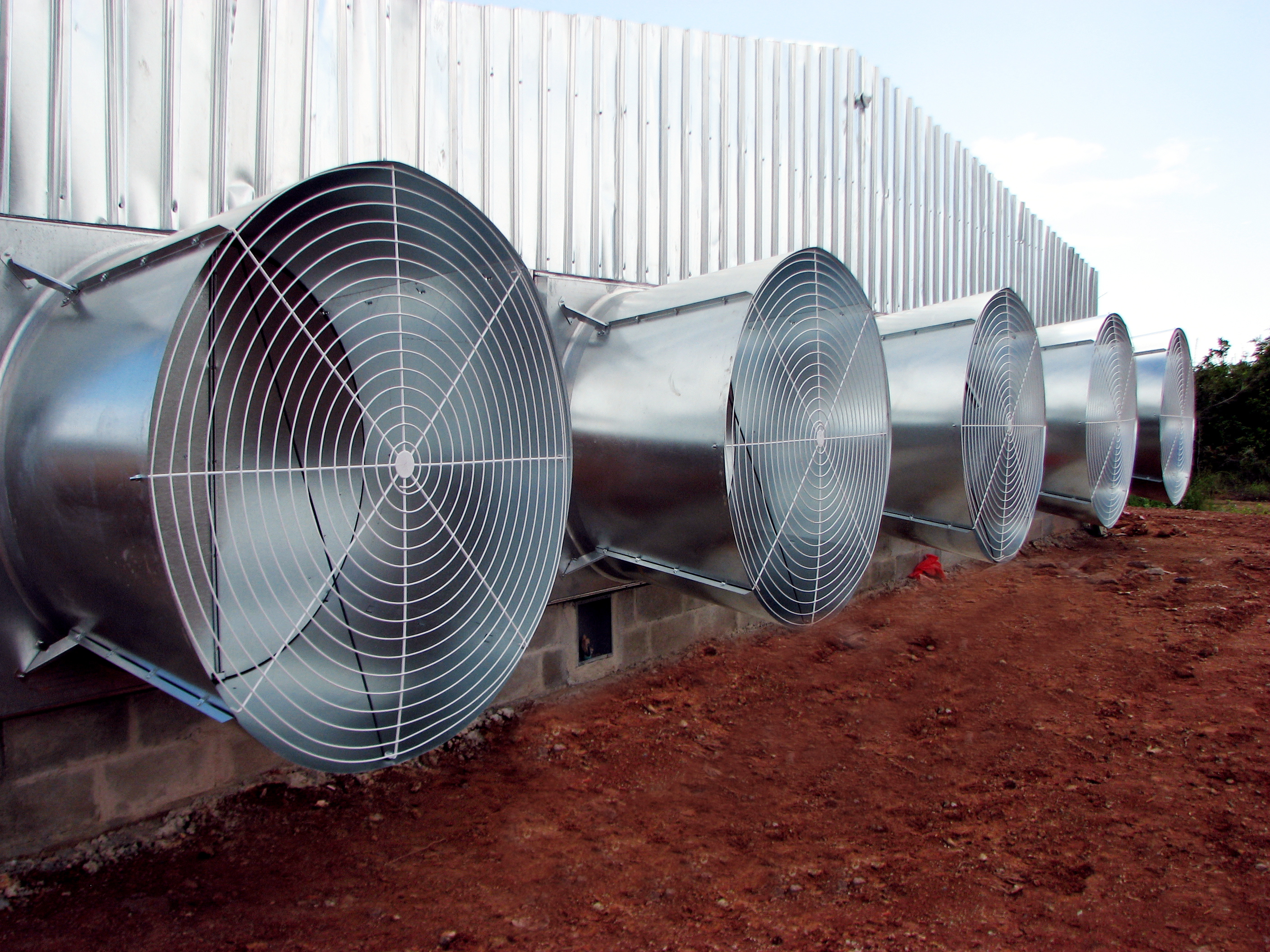
In Pitesky’s view, keeping the coop ventilated can be a balancing act. Poultry keepers need to achieve good air flow to disperse the ammonia without exposing chickens to the elements, rodents or predators.
In order to achieve this, Pitesky and Schneider recommend fixing any air and water leaks in the coop. They also recommend creating an air flow over the birds’ heads with a fan and covering any ventilation holes with hardware cloth to prevent animals from getting into the coop. Since chickens get stressed when exposed to drafts, Pitesky tells listeners to avoid having the fan at the birds’ body level.
“If their feathers are moving when they’re roosting, then they’re in a draft. You’ll need to change the airflow,” he says.
If backyard keepers install ammonia sensors, they should be put at the birds’ level. Since ammonia in poultry houses tends to come from decomposing manure and congregates in low-laying areas, sensors should be 8 inches off the ground. They won’t be accurate if they’re installed at human height.
Managing litter: the dos and don'ts
As a general guideline, Pitesky and Schneider tell listeners that litter maintenance plays a key role in keeping ammonia levels in check. Keeping clean and dry litter will prevent many of the injuries associated with prolonged ammonia exposure (hock burns, breast lesions and footpad issues for example). According to Pitesky, chicken litter isn’t like cat litter: keepers shouldn’t have to remove waste on a daily basis or change the litter very often.
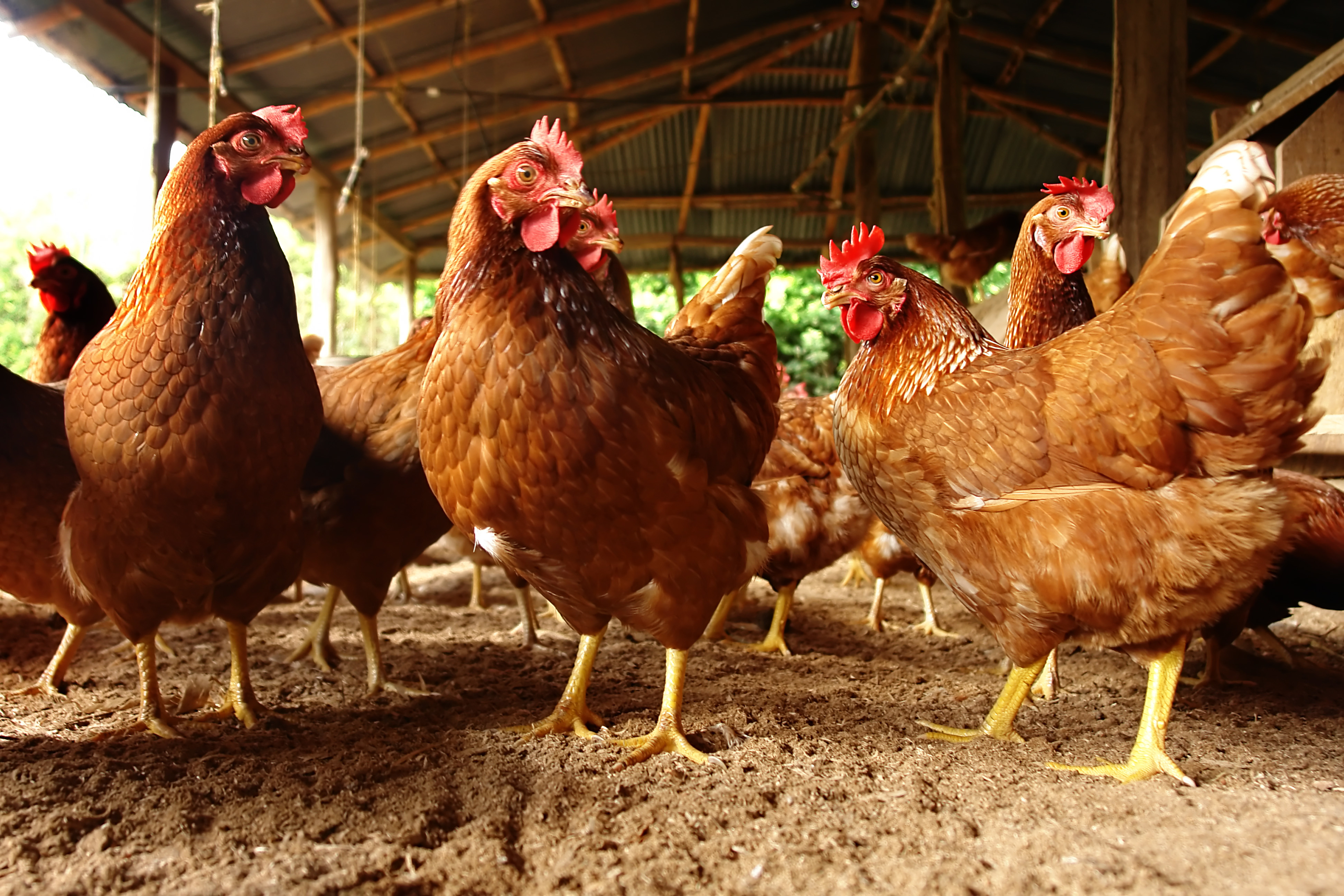
Ideally, poultry houses will have an 8 to 10-inch layer of dry litter. This allows the birds to till the substrate when they preen and encourages a natural composting process for the manure. Ammonia will build up when poultry litter is wet and has a high concentration of manure. Pitesky recommends removing any water-logged litter and making sure there aren’t too many birds tilling the same patch of litter.
Pitesky tells listeners that they should be able to make a crumbly ball with the litter on the floor of the poultry house. If it makes a “snowball” then it’s too wet, and if it falls apart entirely, it’s too dry.
Poultry keepers should avoid using straw or sand as litter. It isn’t as absorbent as other materials and can contribute to dust in the coop. Having a dirt pad isn’t ideal either – the birds aren’t able to till the ground, and it's too shallow for the manure to break down.
Litter treatments
There are multiple products on the market that will reduce ammonia in poultry houses. These usually work by decreasing the pH of the litter substrate, which in turn reduces the amount of ammonia gas released by decomposing manure.
Before using a product, Pitesky encourages poultry keepers to make sure their coops are properly ventilated. They should also check the litter to make sure it is both dry and deep enough for the birds to till.
Though these products can slow the release of ammonia, they shouldn’t be viewed as a silver bullet to treat all ammonia problems. Both Pitesky and Schneider agree that there’s no substitute for good husbandry practices. Maintaining litter, having good ventilation and avoiding excess moisture will be a better management strategy than using a product. Ammonia has to be constantly monitored and managed – there isn’t a one and done solution.










